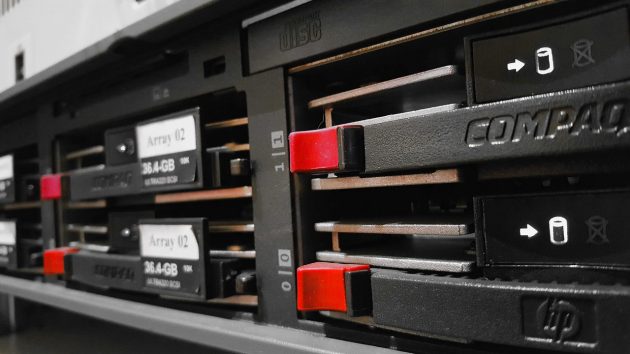How to Add a File Based Swap for Linux
We may want to add some swap space for a Linux box while only find that all disk space is partitioned and mounted. Some partition has large available free space. For such cases, we may not want to change the partition allocation. The solution may be to add a file based swap for Linux as what Windows does. How to add a file based swap for Linux is introduced in this post.
We can add a file based swap to Linux following these steps. Here, we use an example to add a 26GB swap file to Linux.

Create a swap file for swapping
Command:
# dd if=/dev/zero of=/swapfile bs=1024 count=2M
You will see output like
2097152+0 records in 2097152+0 records out 2147483648 bytes (2.1 GB, 2.0 GiB) copied, 41.7768 s, 51.4 MB/s
Note that the common tricks to create a sparse file by adding a `seek` option to `dd` should NOT be used.
It is a good idea to make the swap file only accessible to root since it will store memory content and possibly have sensitive data.
# chmod 700 /swapfile
Make a swap partition on the swap file
By the `mkswap` command (`mkswap manual`):
# mkswap /swapfile
It will show output as follows
mkswap: /swapfile: warning: don't erase bootbits sectors on whole disk. Use -f to force. Setting up swapspace version 1, size = 2 GiB (2147479552 bytes) no label, UUID=f30730f3-eb1d-4d30-a088-a0274f3c2f3e
Turn on the swap file for Linux’s swap
Now, use `swapon` (swapon manual):
# swapon /swapfile
You can see all the swap files by
# swapon --show
Make the swap file permanent for Linux’s swap
Add this line to /etc/fstab (for the example in this post)
/swapfile swap swap defaults 0 0